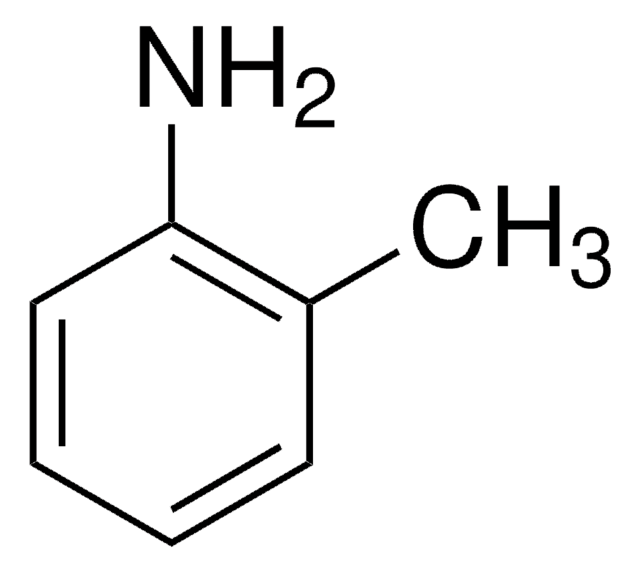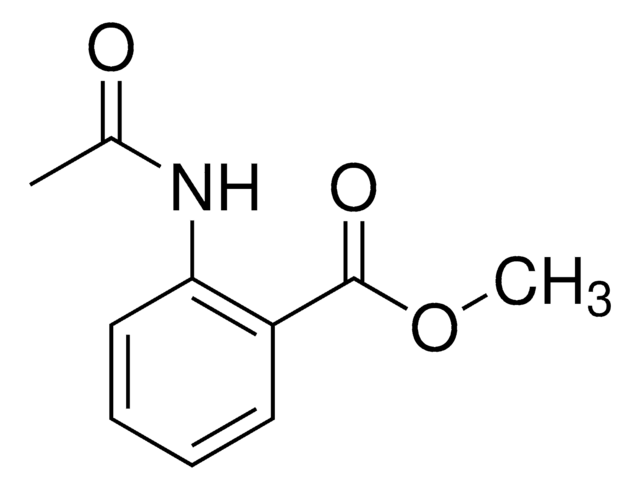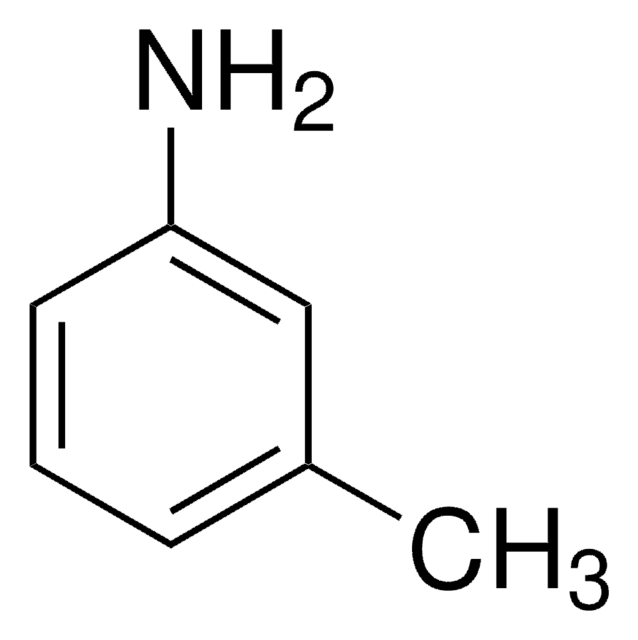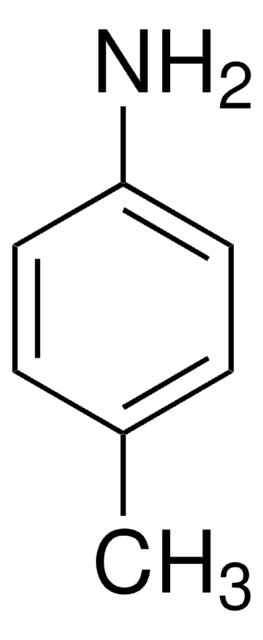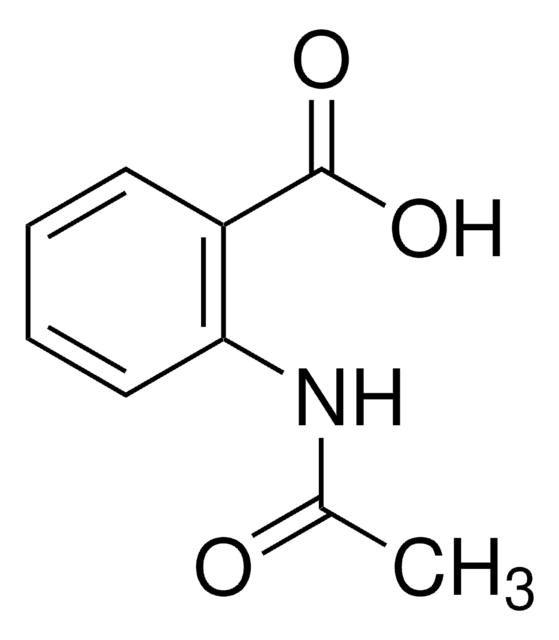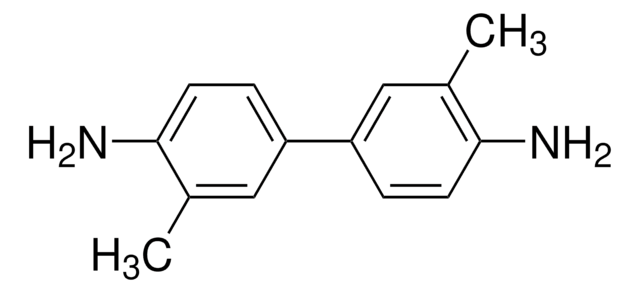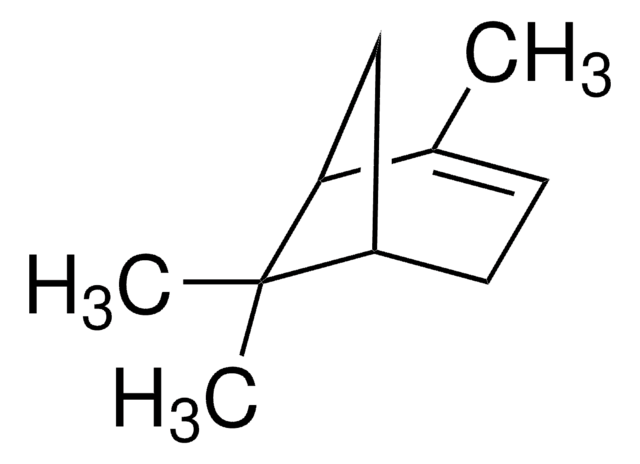T1406
o-Toluidine
liquid
Synonym(s):
2-Aminotoluene, 2-Methylaniline
About This Item
Recommended Products
vapor density
3.7 (vs air)
vapor pressure
0.26 mmHg ( 25 °C)
form
liquid
autoignition temp.
899 °F
color
light yellow to light amber
refractive index
n20/D 1.572 (lit.)
bp
199-200 °C (lit.)
89-90 °C/11 mmHg (lit.)
mp
−28 °C (lit.)
solubility
H2O: slightly soluble
density
1.008 g/mL at 25 °C (lit.)
storage temp.
2-8°C
SMILES string
Cc1ccccc1N
InChI
1S/C7H9N/c1-6-4-2-3-5-7(6)8/h2-5H,8H2,1H3
InChI key
RNVCVTLRINQCPJ-UHFFFAOYSA-N
Looking for similar products? Visit Product Comparison Guide
Preparation Note
Other Notes
replaced by
Signal Word
Danger
Hazard Statements
Precautionary Statements
Hazard Classifications
Acute Tox. 3 Inhalation - Acute Tox. 3 Oral - Aquatic Acute 1 - Aquatic Chronic 2 - Carc. 1B - Eye Irrit. 2
Storage Class Code
6.1A - Combustible acute toxic Cat. 1 and 2 / very toxic hazardous materials
WGK
WGK 3
Flash Point(F)
185.0 °F - closed cup
Flash Point(C)
85 °C - closed cup
Personal Protective Equipment
Regulatory Information
Choose from one of the most recent versions:
Already Own This Product?
Find documentation for the products that you have recently purchased in the Document Library.
Our team of scientists has experience in all areas of research including Life Science, Material Science, Chemical Synthesis, Chromatography, Analytical and many others.
Contact Technical Service